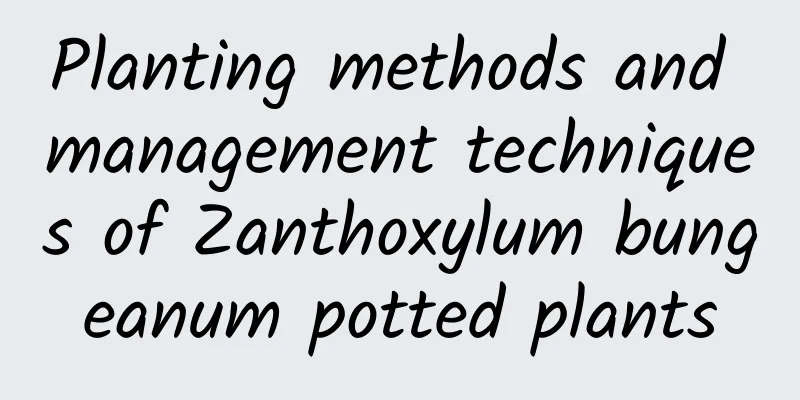What to do if Podocarpus loses its leaves

reasonRoot rotThe Pearl River Delta region has high temperatures and heavy rains in summer, the air is humid, and the temperature of the potting soil is too high, which can easily lead to root rot of the plant, affect the transport of water and nutrients, and cause the leaves of the Podocarpus to wilt and fall off. For outdoor-grown Podocarpus, when the rainy season comes, it must be moved to a sheltered place to avoid long-term rain. Long-term rain causes the roots of the plants to be soaked, without enough oxygen for respiration, and the roots are prone to rot. Over-fertilizationPotted flowers do not like highly concentrated fertilizers or organic fertilizers that are not fully decomposed. Fertilizers that are too concentrated, too large in amount, or not fully decomposed can cause root burns and rot. Too little lightPodocarpus is a shade-tolerant and moisture-tolerant plant, but long-term shade leads to weak photosynthesis of the plant, and the posture and leaf shape of the tree cannot be maintained in a good condition, and the leaves may even turn yellow and wilt, which is heartbreaking. what to doWaterlogging preventionPodocarpus is shade- and humidity-tolerant, so you should water it regularly during the growing season, but it should not be waterlogged. In the Pearl River Delta region, attention should be paid to watering frequently on sunny days in summer. Generally, water should be poured once in the morning and evening, and the leaves should be sprayed with water frequently. Podocarpus is not tolerant to waterlogging, so care should be taken to prevent prolonged waterlogging. Fertilization tipsPodocarpus likes fertilizer, so it should be applied frequently in small amounts. Nitrogen fertilizer should be the main fertilizer. You can add an appropriate amount of black alum (ferrous sulfate, about 5 grams per plant per year or spray the leaves with 0.2% diluted solution 2-3 times) and ferment it into alum fertilizer water. Fertilization can be done once every 1-2 months during the growing season, and can be combined with watering (the water-fertilizer ratio is 9:1). For potted plants, you can spray water-fertilizer containing 0.5%-1.0% compound fertilizer or thin cake liquid water-fertilizer each time. Lighting ProcessingPodocarpus is a neutral to shade-loving tree species that can accept strong light and can also grow in a shady environment. Although the temperature is high and the sunlight is strong in summer, there is no need to shade the Podocarpus trees in summer because they are able to maintain their tree posture and leaf shape under high temperature and strong light conditions. The young seedlings are a different matter, it is better to block the scorching sun! |
<<: What to do if the red peony plant rots
>>: What to do if Saxifrage leaves fall off
Recommend
What's the matter with the white frost on the leaves of Impatiens? What should I do?
1. What is the reason for the white frost on the ...
How many plants should I plant in one pot of Kalanchoe?
How many Kalanchoe plants are planted in one pot?...
What is the best month to plant Northeast radish?
Which month is suitable for planting Northeast ra...
The efficacy and function of banana
Supplement nutrients Bananas have extremely high ...
What are the cultivation methods and precautions of the rich leaves
Introduction of rich leaves The main ways of prop...
What are the cultivation methods and precautions for winter resistant flowers
Growth habits of winter jasmine Naidong belongs t...
When is the best time to prune the osmanthus fragrans
Pruning of Japanese cinnamon During the growth pe...
Is avocado a fruit or a vegetable?
Is avocado a fruit or a vegetable? Avocado is a f...
What month is suitable for planting apple trees?
When to plant apple trees It is more suitable to ...
How to remove ivy?
Drug cleanup If the ivy is too dense and you just...
How to trim Longza gemstones to look good
When is the best time to trim Longsha Gemstone? T...
How to solve the problem of yellow leaves of asparagus fern in winter
Sunbathing Asparagus fern is a semi-shade plant. ...
Can crabapple be eaten? How to eat crabapple
1. Can crabapple be eaten? Crabapple fruit is edi...
The roots are all rotten, but if you cut them off with one cut, the flower can live another 20 years!
Clivia 1What to do after the roots rot? 1. Root r...
Is it better to grow spider plants in water or soil?
1. Hydroponic farming 1. Breeding method: When gr...









